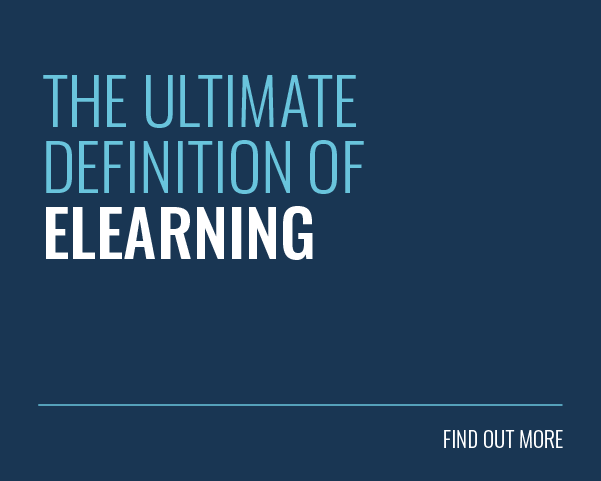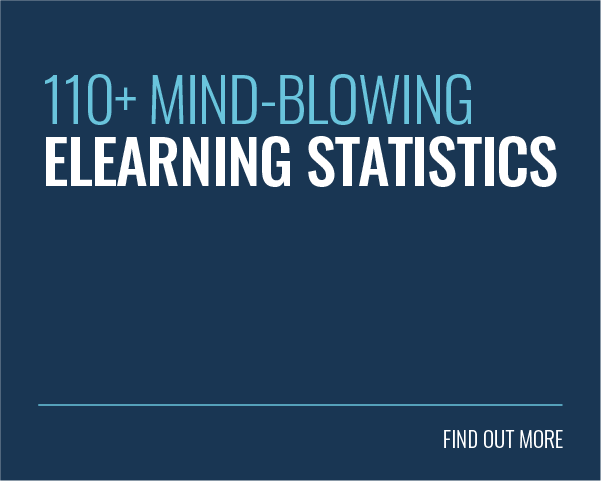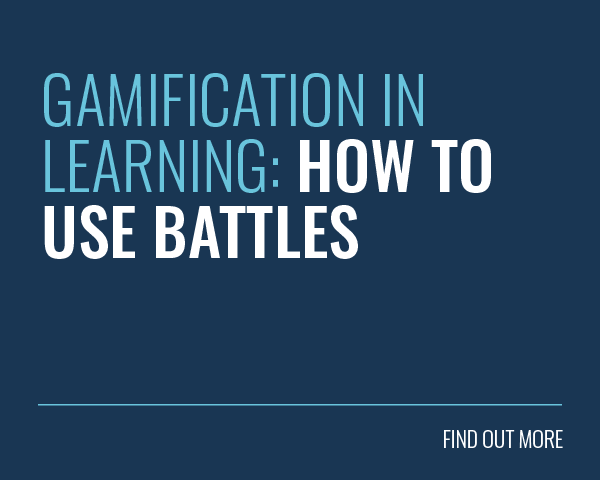It takes mental focus and undivided attention to reap the rewards of eLearning, but what if the attention spans of your audience are in short supply? In this article, I’ll highlight 8 tips to create memorable eLearning experiences for online learners with brief attention spans.
Online learners have a lot of distractions to deal with on a daily basis. Packed schedules, mental roadblocks, and even technology itself are vying for their attention. However, micro attention spans aren’t necessarily a bad thing. In fact, you may be able to use them to your advantage by imparting bite-sized bits of knowledge that are easier to digest. Here are 8 ways to make the most of short attention spans in eLearning.
1. Provide A Bite-Sized Online Training Library
Microlearning and short attention spans go hand in hand. But bite-sized eLearning activities also help prevent cognitive overload and reinforce the key takeaways. Create a microlearning online repository that allows online learners to focus on personal gaps. Categorize the eLearning library based on specific tasks, topics, or interests so that online learners can quickly find the ideal resources. In addition, try to include a broad range of eLearning activities to appeal to different learning preferences.
2. Incorporate Frequent Reflection Breaks
Online learners with short attention spans often need mental refreshers. This gives them time to recharge before moving on to the next task. Thus, you may want to incorporate frequent reflection breaks that serve a dual purpose. Not only do they refill their attention, but also allow them to reflect on their past performance and personal cognitions. For example, identify areas they need to work on after completing an eLearning simulation. Reflection breaks can also be prefaced with a compelling question that helps online learners retain focus or an informal collaborative eLearning activity that allows them to interact with peers and challenge their own assumptions.
3. Include Manageable Milestones That Feature Gamification Rewards
A short attention span and long-term goals generally don’t mix. Online learners may give up before they achieve the learning objective. Or they are so focused on the finish line that they fail to assimilate and retain the information along the way. For this reason, it’s best to break the eLearning course into more manageable milestones paired with gamification rewards. As an example, they receive a badge for successfully completing a skill-based branching scenario. This brings them one step closer to accomplishing their goal and enhances their motivation.
4. Start A Social Media Discussion Group
Social media can be a distraction for online learners with short attention spans. But it can also be a valuable online tool that facilitates group collaboration. Start a social media group where online learners can share quick tips and insights with their peers. It only takes a few minutes out of their day to leave comments or create a post, as well as share valuable resource links for the benefit of other group members. Lastly, invite online learners to start their own groups that explore personal interests or areas of expertise.
5. Boost Motivation With A Personalized Progress Tracker
Instead of a traditional progress bar, opt for a more interactive tracker that engages and entertains online learners. This may be in the form of a clickable eLearning course map, board game, or even a level-based layout. Online learners unlock various rewards or sections of the eLearning course when they reach the next stage. However, even more mundane progress trackers are beneficial, as they empower and motivate online learners. They’re able to monitor their milestones and see how far they’ve come. Plus, they can tackle one task at a time, then return to the eLearning course when their attention is at full capacity.
6. Offer Targeted Online Training Simulations
One of the most challenging aspects of short attention spans is that online learners are unable to concentrate on more involved processes. You lose them halfway through the online presentation or walkthrough, which means that they’re unable to master complicated tasks that involve multiple steps. Fortunately, you can offer targeted eLearning simulations that make them take notice and hold their attention. Instead of merely reading about the task, they are living it. Especially when the eLearning simulation is brief and centers on a specific sub-task.
7. Sum It Up With An Engaging eLearning Infographic
eLearning infographics are great memory retention tools that provide a recap of topics, trends, or tasks. This makes them the ideal eLearning resource for short attention spanners. Include images, graphs, and other relevant visuals to improve comprehension, as well as brief text captions to broaden their understanding. Bear in mind that online learners are more likely to absorb the information if the eLearning infographic features distinct sections. Use numbers or sub-headers to break it up into memorable pieces so that online learners can concentrate on each item individually. For example, the first point highlights a statistic using charts and a short text explanation. The second point contains a notable fact that supports the statistic or explores the reasons behind it.
8. Use Video Demos To Make It Memorable
Video demos give online learners a visual example to follow. Best of all, they’re quick and convenient for online learners who are easily distracted. Use live action or animations to demonstrate tasks or bring case studies to life. You can also produce video demos for compliance issues or challenges, such as how to handle an emergency situation or wear proper safety gear. The key is to keep it brief for short attention spans and create a new video for every task or topic instead of trying to cram too much information into one production. In addition, follow it up with interactive eLearning activities to reinforce knowledge and gauge their level of understanding.
Short attention spans don’t have to be hurdles that prevent online learners from assimilating the information. Use this article as a guide to create eLearning experiences that captivate your audience. Keep them focused even if you only have a 5-minute time window to impart the takeaways before their attention lapses.
Infographics are a strong tool to beat short attention spans and make eLearning more fun. Download our free eBook The Ultimate Guide To eLearning Infographics to learn about the benefits of including eLearning Infographics into your eLearning course design, the steps you should follow to create them, examples of creative uses and must-have features that exceptional eLearning Infographics usually include.
 About Christopher Pappas
About Christopher Pappas
Christopher Pappas is founder of The eLearning Industry’s Network, which is the largest online community of professionals involved in the eLearning Industry. Christopher holds an MBA, and an MEd (Learning Design) from BGSU.
eLearning Blogger | EduTechpreneur | eLearning Analyst | Speaker | Social Media Addict




